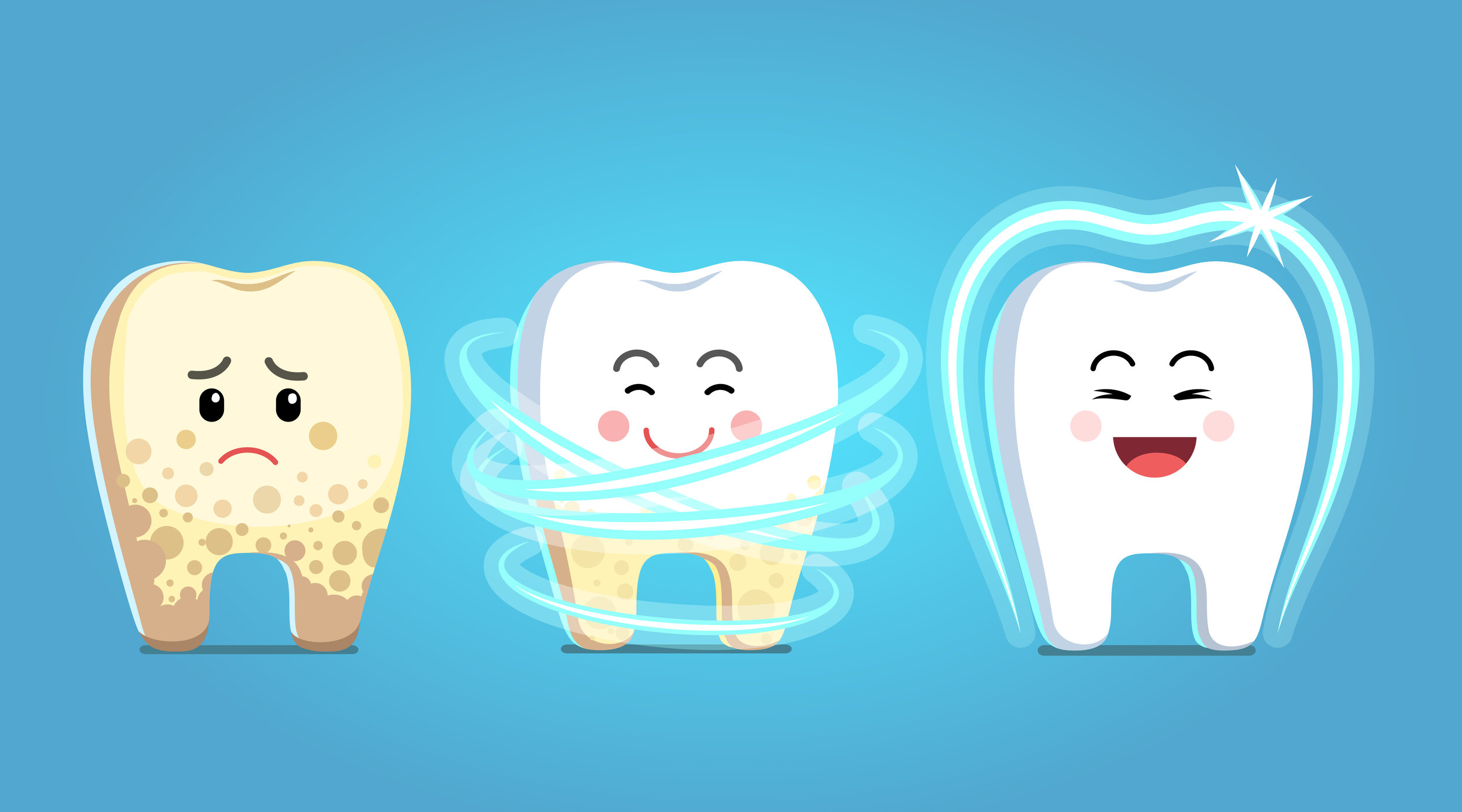Pediatric Dental Emergencies: What Parents Required to Know for Quick and Effective Therapy
In the realm of pediatric medical care, dental emergency situations can develop unexpectedly, leaving parents unclear of exactly how to take care of the circumstance efficiently. Understanding the indications, sorts of injuries, and instant activities to take can make a considerable difference in the end result for a child's oral health and wellness. With a quick and suitable feedback, moms and dads can mitigate prospective long-term repercussions and guarantee their youngster receives the needed treatment promptly. By being prepared and educated, moms and dads can play a crucial function in guarding their child's dental well-being.
Indicators of Pediatric Dental Emergencies
When evaluating pediatric dental emergency situations, it is critical for moms and dads to be alert for particular indicators suggesting potential serious concerns. One of the primary indicators of an oral emergency in youngsters is relentless tooth discomfort that is not eased by over the counter pain medicines.

Usual Kinds of Dental Injuries
Common kinds of dental injuries in children usually arise from mishaps or sports-related activities that can lead to numerous forms of injury to the mouth and teeth. One typical oral injury is a fractured tooth, which can range from a small chip to a much more severe break including the inner layers of the tooth. An additional frequent injury is a knocked-out tooth, where immediate activity is important to raise the possibilities of saving the tooth. Kids might also experience oral injuries like tooth invasion, where the tooth is pressed into the jawbone, or avulsion, which is the full displacement of a tooth from its outlet. Additionally, oral injuries can include luxation, where the tooth is displaced however not entirely knocked out, or soft cells injuries to the gum tissues, lips, or tongue. It is crucial for parents to be knowledgeable about these typical sorts of dental injuries to supply punctual and suitable treatment in case of emergencies.
Immediate First Help Steps
Upon coming across a pediatric oral emergency situation, swift and appropriate very first aid measures are essential to reduce pain and avoid additional complications. For a knocked-out tooth, instruct the youngster to gently wash the tooth with water, attempting not to touch the origin, read this article and area it back in the outlet if possible. If re-implantation is not viable, store the tooth in a container of milk or the child's saliva till reaching the dental professional.
When to Look For Expert Help
Seeking punctual oral care from a pediatric expert is imperative in addressing prospective problems emerging from pediatric dental emergency situations. Parents need to seek specialist assistance instantly if their youngster experiences severe tooth pain, facial swelling, hemorrhaging that doesn't quit, a knocked-out permanent tooth, or any kind of trauma to the mouth or face. These indications indicate a severe oral issue that calls for immediate interest from a pediatric dentist.
In addition, if a child suffers persistent tooth sensitivity to warm or cold, problem eating or swallowing, or indications of infection such as pus around the gums, parents must not delay in seeking specialist dental care. These signs can indicate underlying dental issues that require to be dealt with promptly to avoid further issues.
In instances of oral emergency situations, it is critical for moms and dads to contact a pediatric dental professional as soon as possible to guarantee appropriate diagnosis and treatment - pediatric dentist. Delaying professional help can lead to exacerbated dental concerns and long term pain for the youngster

Stopping Future Oral Emergency Situations
To minimize the chance of future dental emergency situations, parents ought to focus on regular find nearest dentist dental health methods and routine check outs to a pediatric dentist for precautionary treatment. Encouraging youngsters to brush their teeth two times a day with fluoride toothpaste and teaching them the correct technique for two mins each time can dramatically lower the threat of oral problems.
Normal brows through to a pediatric dental expert for examinations and cleansings are necessary for very early detection of any potential dental troubles. These appointments permit the dental professional to keep track dental hospital of the youngster's dental health, offer specialist cleansings to remove plaque and tartar buildup, use fluoride treatments for added protection, and deal guidance on correct oral care strategies.
Conclusion
In verdict, parents should know the signs of pediatric dental emergency situations, usual sorts of oral injuries, instant initial aid steps, and when to look for specialist help. By taking aggressive actions to avoid future oral emergency situations, parents can make certain quick and effective treatment for their youngsters. It is necessary to remain educated and prepared in order to deal with any dental emergency situation that might arise.